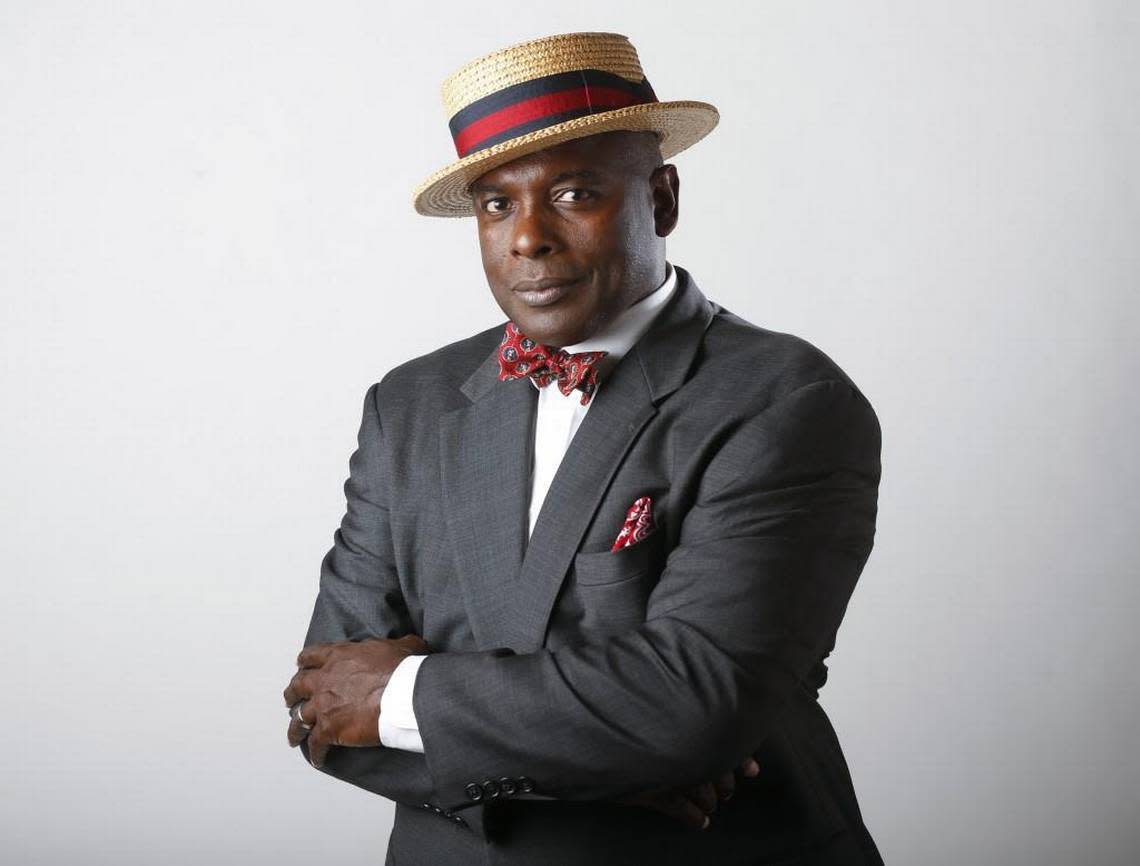Gun violence left a mark on me. Just imagine what it’s doing to our kids.
If you’re like me, you run and hide whenever you hear someone claiming they’re “doing it for the children.”
It doesn’t help that, most recently, this was the rallying cry of cynical candidates endeavoring to banish books they find objectionable.
Think I’m jiving? Virginia recently elected a governor whose main campaign plank seemed to be protecting children from Toni Morrison novels.
Egads!
Don’t you run away, but here is one instance in which we really do need to think about the children: violence.
The survivors of Uvalde, Parkland, Sandy Hook, et al will likely be tormented by the experience forever. That’s why school districts provide counselors to help them deal with school shootings.
But what about the hundreds of thousands of children who are not in those classrooms, in those schools, but who are traumatized from afar by school shootings? Where are their counselors?
During my childhood in Rockingham, there were four violent deaths in our community — two shootings, two stabbings — and each was unforgettable and traumatic in a way we didn’t even understand at the time. After one slightly older teenage friend was shot and killed on a block known as the “Be-Mo” — because you had to “be mo’ careful” while you were there — the next day’s newspaper had a picture of the scene on its front page.
In the foreground of the crowd, as police investigated, was our friend Michael. He was 11 or 12.
Now, we, his peers, thought “Gee, how lucky he was to be out that late at night, to be right there to see that and to get his picture in the paper!”
We never considered what psychological toll that incident had on our friend. Thirteen-year-olds are not generally inclined to talk about feelings, and our folks were too busy providing and surviving to ask about them. So we kept it in.
The next day, en route to junior high school, I walked past the scene and saw the blood-stained sidewalk and the chalk outline drawn by police. I was sleepless in Rockingham for a long time and my heart was heavy for far longer. I was in the funkiest funk that’s ever been.
More than three decades later, when Michael and I talked about that incident, he told me it had the same impact on him. You would have never known because he was delightfully, sometimes irritatingly, silly and cheerful in all weathers.
As we discussed it as adults, I regretted that we hadn’t done so as kids.
Dr. Anthony Smith, a Triangle psychologist, said living through daily carnage such as we’re seeing now “is creating a fear response” in children. “They see so much of it that it becomes the norm.”
Like it did for me.
You see, in contrast to my relatively genteel Rockingham raisin’, as a cop reporter in Gary, Ind. during the ‘80s and ‘90s I saw many dead bodies.
At first, I thought there was nothing worse than lying awake all night — with the lights on — because I was bothered by the sight of bloodied, bullet-riddled remains I’d seen while working.
I soon discovered something worse: Not lying awake all night with the lights on because I was no longer bothered by the sight of bloodied, bullet-riddled remains I’d seen while working.
By that time, though, I was a full-grown man and I knew through life experiences how to process what I’d been exposed to.
Children don’t have that experience, Smith said. “It’s not natural to always be afraid,” he said. “We used to have drills in school telling us how to survive a hurricane or tornado... They have drills now telling them how to survive a school shooter because a gunman might come into your classroom. You’re teaching the child to be afraid of something that might happen and preparing their impulse to operate in that manner. That’s very unnatural.”
Smith didn’t even mention how unnatural it is to have to outfit your kids with bulletproof backpacks and what that must do to their psyches.
And ours.
Editorial Board member Barry Saunders is founder of theSaundersReport.com.


